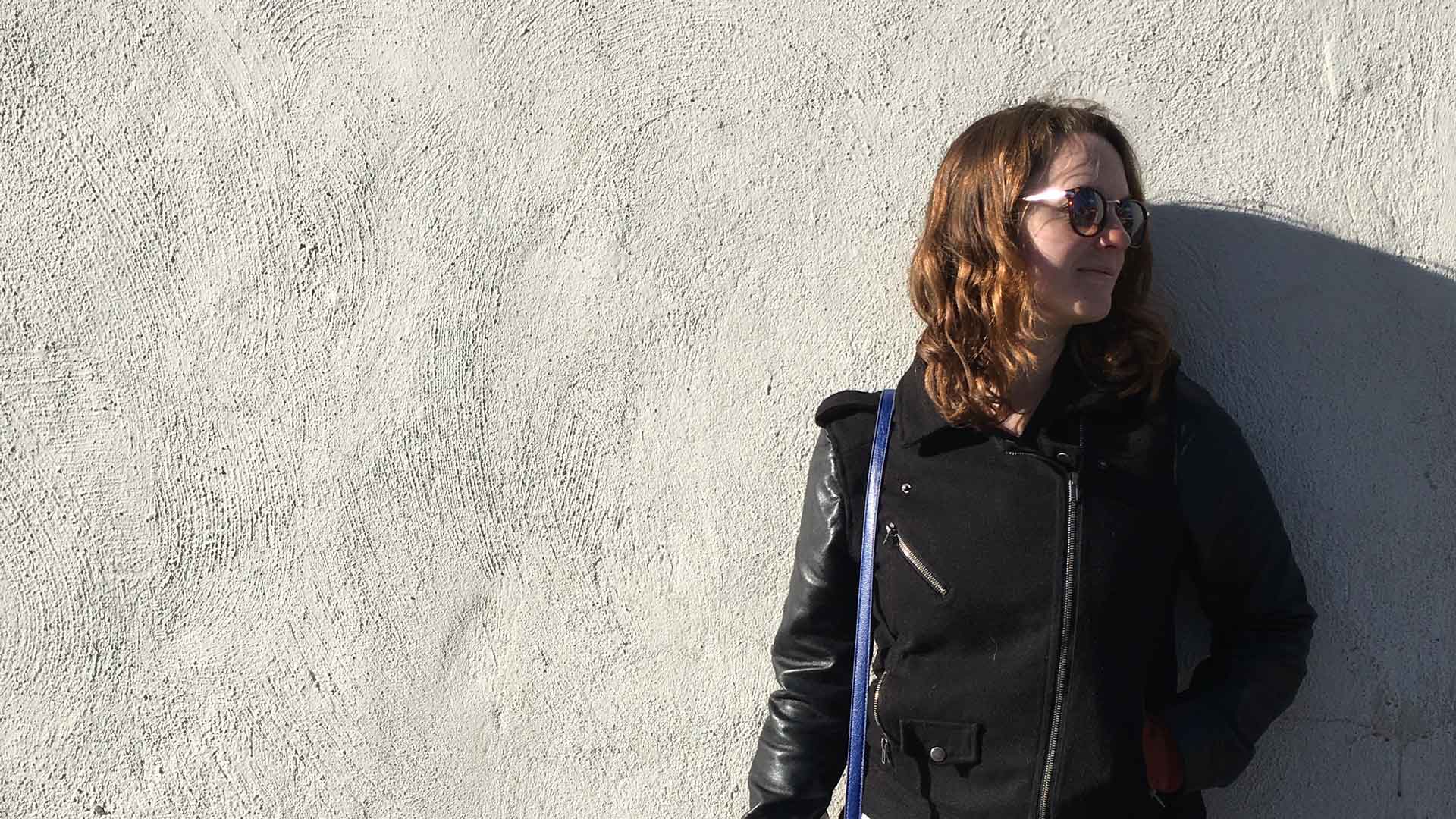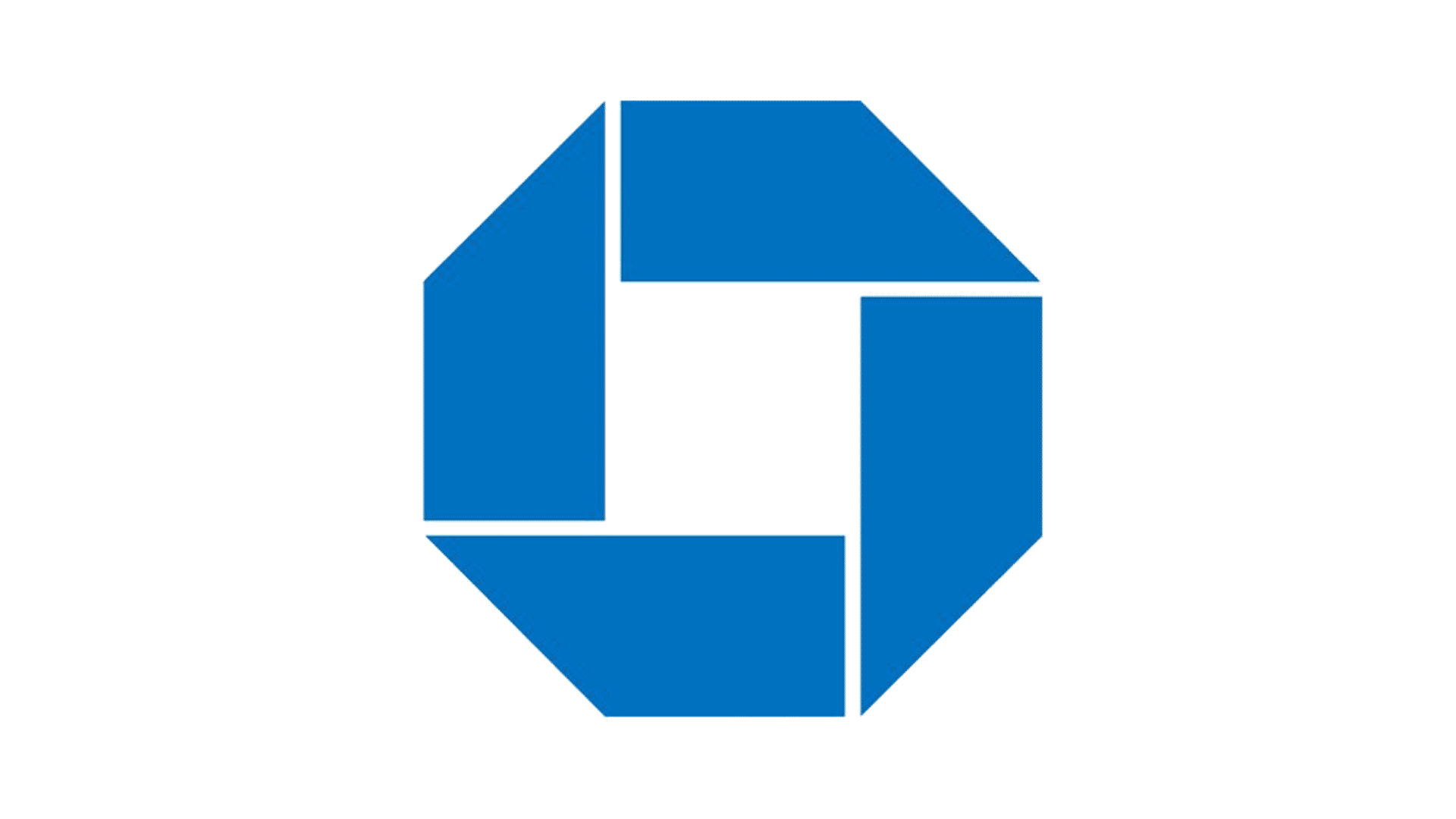Alumni Spotlight: Rachel Costantino
Rachel Costantino (MFAD ’16) talks about her new job at Chase as a Senior UX Designer for the Design Innovation Strategy Team, her time at SVA and hints at a surprise coming soon.
It’s been nearly 4 years since graduation, what have you been up to?
Before working at Chase, I was the Product Design Lead at a startup called Wade & Wendy. While there, I designed and helped our team ship 3-4 internal tools made from scratch and 2 external applications that our customers used daily. I was a part of the leadership team which allowed me to have a full view of what work needed to be addressed and how to efficiently design solutions. The small company grew from about 12 when I started to around 23 when I left. It was pretty incredible to see the way we changed and what we created over the 2 years I was there.
My absolute favorite project (which is still an ongoing challenge for W&W), was how to set up as natural of a conversation as possible for a chatbot in a way that was modular and could be used at scale. So the language itself was one aspect of the problem that still fascinates me. This problem has started to become a field unto itself in the Conversation Designer realm, but depending on the way the problem is being solved – it starts to get into other facets of design as well. It’s also incredibly fun to work with Data Scientists that are linguists and specialize in Natural Language Processing / Understanding.
Beyond the language itself, as the technology continues to evolve, how do you create a tool that allows people to then manipulate information that informs the conversation? Since the information changes as the technology evolves, it becomes an intriguing moving target — what would be a flexible enough tool that can change as the tech changes but not create a lot of rework to engineers and users alike? I think this duo of problems/projects was (and still is) my favorite because it was such a different application of design skills and thinking, as well as being incredibly complex.
Which designers do you admire most nowadays?
I very much admire John Maeda and thoroughly enjoy his articles / posts / reviews. He has such a fantastic perspective into the world of design as a methodology – not just an execution tool. I also love following Adam Kurtz, Scott Belsky, Kelli Anderson, and a few others because they’re able to not only continue to push themselves but also have figured out a way to make side hustles by sharing their perspectives with others.
How do you stay inspired? What do you do for your personal creativity?
I am about to head into a new adventure called parenting which I’m sure will be its own form of inspiration of sorts. But currently, I love reading books about design or topics that I’ve come across while designing (i.e. automation). I also am a huge fan of knitting – which is a different pace to design and gives me time to either listen to podcasts / audiobooks or to let my mind wander. Last thing, I really enjoy writing. Would love to be able to give more time to that as a medium in the future.
What design trends do you love? Which trends make you cringe?
I love that design is starting to get attention and respect as a discipline and team within organizations. I’m not sure if I’d call that a trend but it’s definitely a movement that’s very exciting.
As a working professional, what advice would you give incoming students?
The program is amazingly flexible – I believe you really can get out of it what you are willing to put into it. There’s no one direction for students to grow and I think with that freedom can come a lot of ambiguity. It’s something I loved but it can be surprising.
I’d also suggest being open during the thesis process. The thesis is really for you – so you need to make sure that you’re getting something out of it that you like or are inspired by. I went through several different directions as I was trying to figure that journey out for myself and I’m glad that I started over a few times. For me, the most valuable thing was actually the process rather than the end product. So it was very good for me to keep poking at the problem from different angles. But also, I know that wasn’t true for everyone because we all were hoping to get something different out of it.
Can you talk about the diversity of the program?
I loved having international students in the program though!! It was really great – being from suburban Indiana and having gone to college in Pennsylvania, to make new friends and learn new perspectives from those who had grown up in different situations as myself.
What is your favorite part of the MFA Design program?
The energy. I loved the challenges that were always present and the people that were guiding us through them. The faculty was incredible, my favorite class was with Allan Chochinov — it was a class that has stuck with me. Probably, again, mostly for the process we went through in the class along with the questions that would come up. It was a class that made me think and challenged me to keep turning an idea around in my head to see what other dimensions it held.
What impact has SVA MFA Design had on your career?
MFA Design gave me exposure to completely new design tracks – not just an awareness kind of thing but a confidence to chase what excited me – product design, user experience, and strategy. I wouldn’t have been able to grow as I have since MFAD without it.
I also am eternally grateful for the people who were in the program with me and the people I’ve met since through alumni events. I think one of the massive strengths is the variety of designer that comes out of the program. No one’s journey is really the same and there’s a lot of power in that.
How has the program’s entreprneurial approach helped you?
I think that flexibility is what I enjoyed most. Seeing how design impacts and is impacted by other disciplines (especially the premise of business), is what opened my eyes to the new opportunities that design could really be. Rather than hearing this phrase of “design thinking” and thinking post-it notes — it really became more of a methodology and a tool for me due to the multidisciplinary approach.
It was also one of the main reasons I chose this program. I had gone to undergrad for graphic design and wanted my grad school experience to be something new / complementary rather than a further deep dive into what I had learned at college and after working for a few years.
If you could choose a thesis topic today, what would you choose?
I’d go for something much simpler than what I did the first few go rounds and what I ended up with (though I don’t regret my thesis! I learned a lot from it). Probably something more local, tangible and something centered around community so that going through the process of a launched MVP would be more feasible — something to do with knitting or cooking, for sure.
You can find Rachel on the web at www.rachelcostantino.com.



